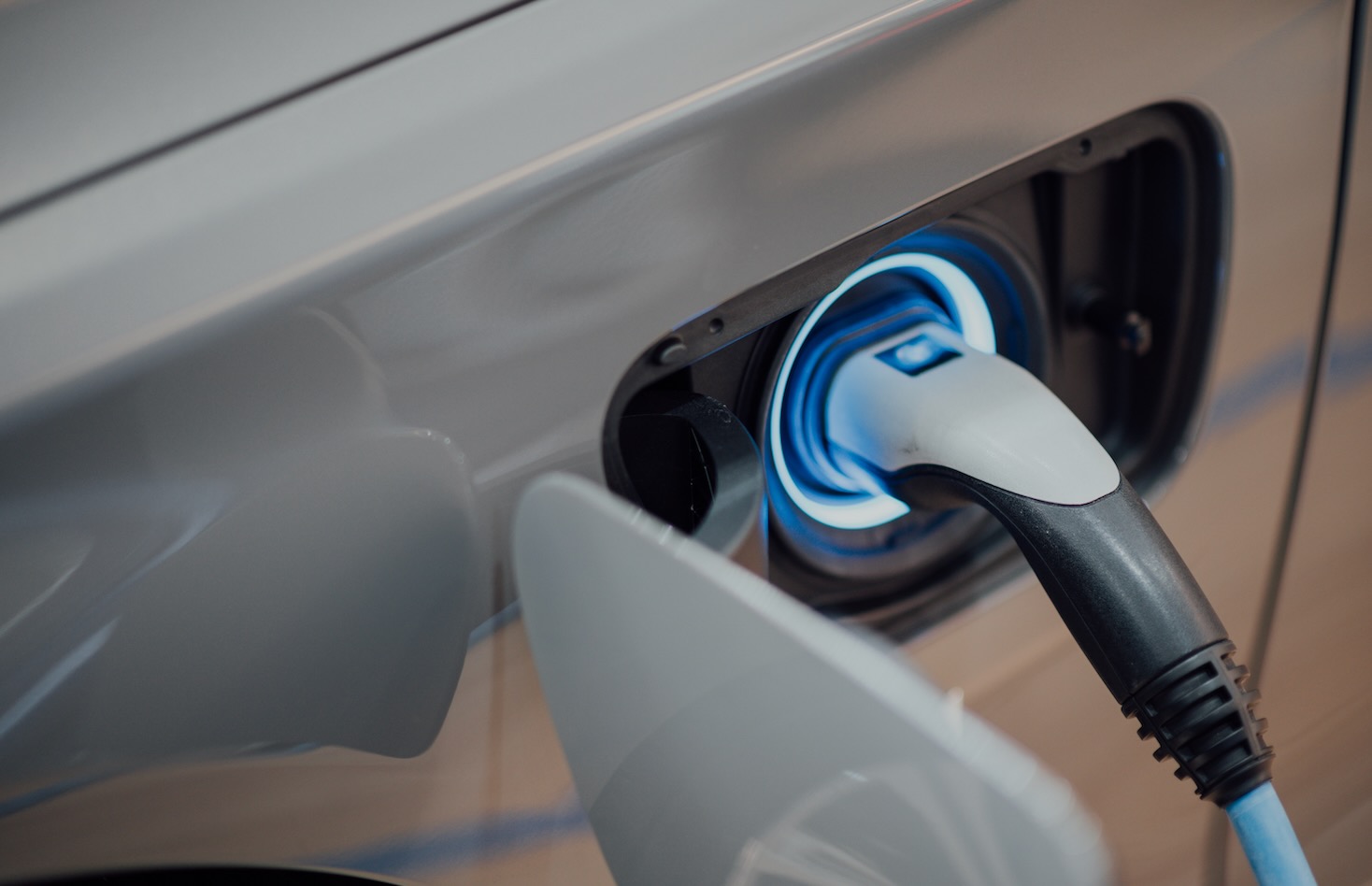It’s no secret that we stand at a crucial crossroads in the realm of personal transportation – the era of fossil fuels, while not entirely defunct, is certainly on the decline. In its place, a bright and sustainable future of electric vehicles (EVs) is surging forward.
But for many auto enthusiasts and eco-conscious individuals, waiting for manufacturers to release the perfect EV isn’t on the agenda. Instead, they’re taking matters into their own hands with electric vehicle conversions. If you’ve been pondering on joining the bandwagon, this comprehensive guide to electric vehicle conversion is just what you need.
Table of Contents
Understanding Electric Vehicle Conversions
In a nutshell, an electric vehicle conversion involves removing the internal combustion engine of a car and replacing it with an electric motor. All the components tied to the fuel system – such as the fuel tank, exhaust and radiator – are discarded. The car’s new life is sustained by a battery pack, an electric motor, and a controller to manage power delivery.
Planning the Conversion
A successful electric vehicle conversion starts with proper planning. This includes choosing the right vehicle, picking the ideal power system, and preparing a realistic budget and timeline.
Choosing the Vehicle: Vehicles that are light, aerodynamic, and have ample space for batteries are ideal for conversions. Compact cars, small trucks, and small SUVs are often excellent choices.
Picking the Power System: Depending on your vehicle choice, driving needs, and budget, you’ll need to select a suitable motor and battery pack. Options range from DC to AC motors, with varying power outputs and efficiencies. For the battery pack, it’s recommended to buy deep cycle batteries in Australia as they offer excellent longevity and performance for EVs.
Budget and Timeline: Depending on the complexity of the conversion and the chosen components, a typical EV conversion can cost anywhere from $5000 to $20,000. As for the timeline, it could take several months to complete a conversion if you’re working in your spare time.
Converting Your Vehicle
Remove the Internal Combustion Engine: The first step in the conversion process is to remove the existing internal combustion engine and related components. This can be quite a complex process, requiring mechanical knowledge and a variety of tools.
Install the Electric Motor: Once the space is cleared, the electric motor is installed. It’s crucial to ensure a precise fit and correct alignment with the drivetrain.
Install the Battery Pack: Deep cycle batteries are often chosen for their durability and superior discharge characteristics. The battery pack needs to be securely mounted and properly wired.
Install the Controller: This is the “brain” of your EV, managing power between the batteries and the motor. It’s crucial to follow controller specifications to ensure safe and efficient operation.
Wire Everything Together: The final conversion step involves wiring all the components together. This can be complex, and it’s essential to follow safety guidelines and ensure all connections are secure.
Post-conversion Tips
After the conversion, regular maintenance is key. Regularly check the electric motor, controller, and batteries. Look out for any abnormalities and perform necessary cleaning and repairs. It’s also worth noting that your EV’s range will be directly tied to your driving habits – smooth, steady acceleration, and regular use of regenerative braking can significantly extend your driving range.
Converting a vehicle to electric can be an immensely rewarding project, both for the tangible benefits and the knowledge and skills you’ll gain. It’s an exceptional way to contribute to a greener future while reaping the rewards of low-cost, sustainable driving.
The post A Comprehensive Guide to Electric Vehicle Conversion appeared first on Enterprise Podcast Network – EPN.





Leave a Reply